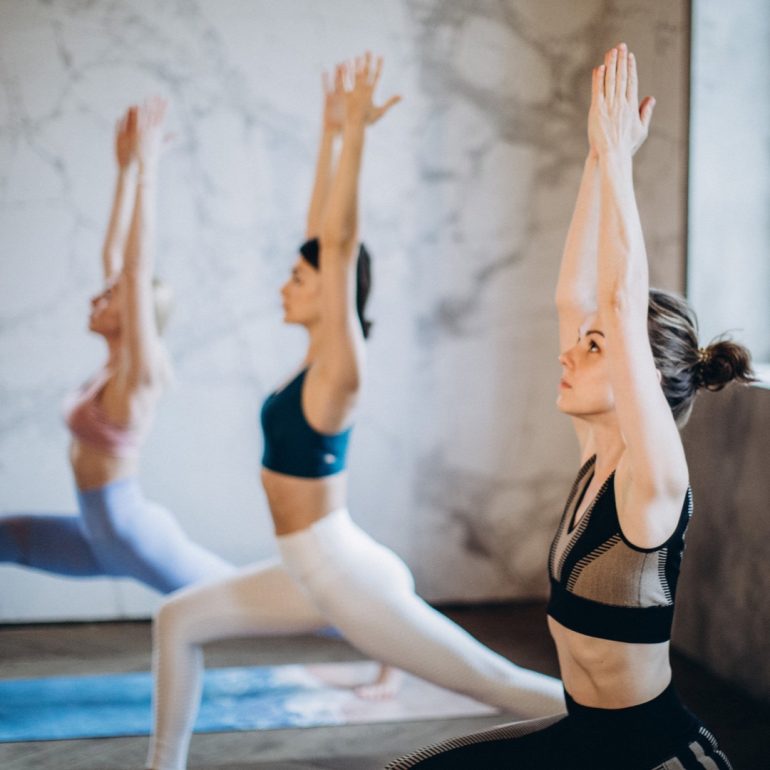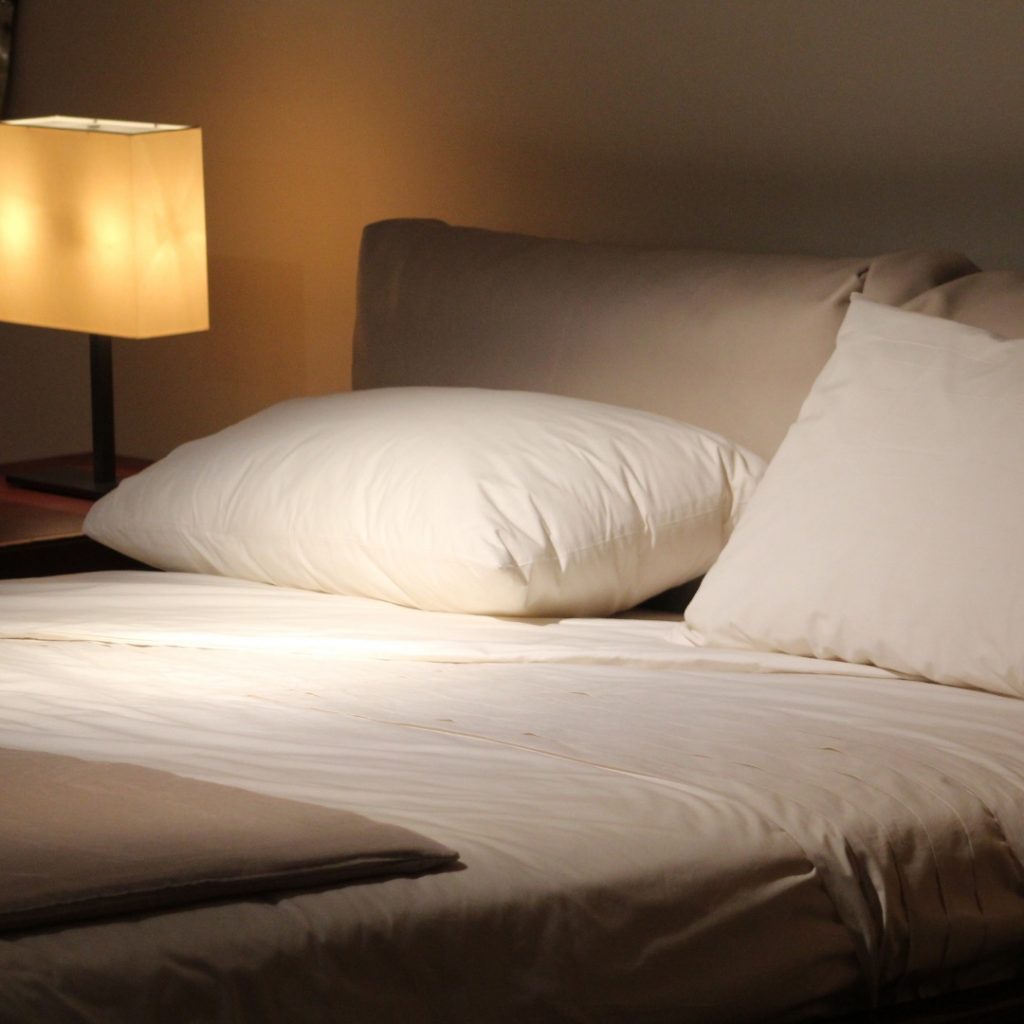During my yoga teacher training, I came into contact with a wide variety of different styles. I was enthusiastic about pretty much all of them – hence why I became a teacher. But I am particularly fond of Yin Yoga. But what exactly is Yin Yoga?
Philosophy and origin
The name “Yin Yoga” is derived from the Chinese concept of Yin and Yang, which plays a role, especially in Daoism. This philosophy describes Yin and Yang as opposing forces or principles: While Yin represents the feminine, calm, soft, and passive energy, Yang embodies the masculine, dynamic and active counterpart. In anatomical terms, Yang represents the muscles, and Yin the connective tissues such as tendons and ligaments.
This principle was first applied to yoga by the Daoist yoga teacher Paulie Zink in the late 1970s: he developed Yin Yoga, a style of yoga that provides a balance to the active, dynamic, and physically demanding types of yoga. Yoga teachers Paul Grilley and Sarah Powers then further shaped Yin Yoga and matured it into the style it is known as today.
Since its inception, Yin Yoga has been characterized primarily by a quiet, slow practice in which poses are held for long periods of time. This is not essentially a reinvention but a crucial part of the yoga practice of traditional hatha yoga and Daoist yoga.
Calm, passive, meditative
Yin Yoga is a quiet, passive style of yoga in which the asanas (postures) are primarily performed lying down and sitting and held for between three and seven minutes. A neutral reclining position is also often incorporated between asanas for harmonization.
A typical yin yoga class includes forward bends, light backbends, hip openers, and twisting postures. Some of the asanas are also familiar from other yoga styles, for example, sun salutation or shoulder stand. However, to differentiate them, many poses in Yin Yoga have a different name: Sprinter, for example, is called Dragon, and Dove is called Swan instead. This is to prevent students from practicing the pose as they know it from other yoga styles.
Because physically, the asanas look similar or the same, but the intention and the inner attitude are different: In Yin Yoga, the poses are usually performed with little to no muscular effort. Instead, all unneeded muscles are to be released entirely, creating space for a calm, meditative state.
Unlike restorative yoga, however, yin yoga is less about relaxation and more about increasing the stretching of deep-lying connective tissue and muscles with the help of gravity.
How Yin Yoga affects the body and mind – and is it the right Yoga style for me?
Since our fast-paced everyday life is often characterized by stress and most sports by tension, according to Chinese philosophy, the yang is the more present energy for many people. Yin Yoga is designed to rebalance the opposing forces of Yin and Yang – on a physical and mental level.
The muscles, ligaments, and tendons are thoroughly stretched on a physical level. The deep-lying connective tissue is also reached by holding the asanas for long periods of time, and agglutinated fascia is loosened and “ripped open.” Fascia is the term used to describe the connective tissue that envelops all muscles, bones, and organs like a large net and thus holds the body together internally. Thus, Yin Yoga helps against muscular tension and provides more freedom of movement, more supple joints, and more flexible connective tissue and muscles. Unlike in other yoga styles, where the back is deliberately kept straight, in Yin Yoga, it is always rounded. By stretching the back muscles, the practice can therefore help well with back pain.
On a psychological level, Yin Yoga has a similar effect to silent meditation: During the long-held postures, the mind quiets down, and you focus more attention on yourself and your body. This is said to lead to a more balanced mind and inner peace. Yin Yoga is thus suitable to reduce and prevent stress, something I pay a lot of attention to due to my Hashimoto’s.
By counteracting psychological problems such as anxiety, stress, and depression, yin yoga can even prevent non-communicable diseases such as heart disease, according to a 2018 study.
I can highly recommend attending as many different yoga classes as possible to determine what you enjoy the most. I do a lot of endurance and weight training, so I am a big fan as Yin feels like the perfect counterbalance.
If you feel overwhelmed with getting started, I teach Yoga over Zoom for optimal autoimmune health; write me a message if you want to know more.




